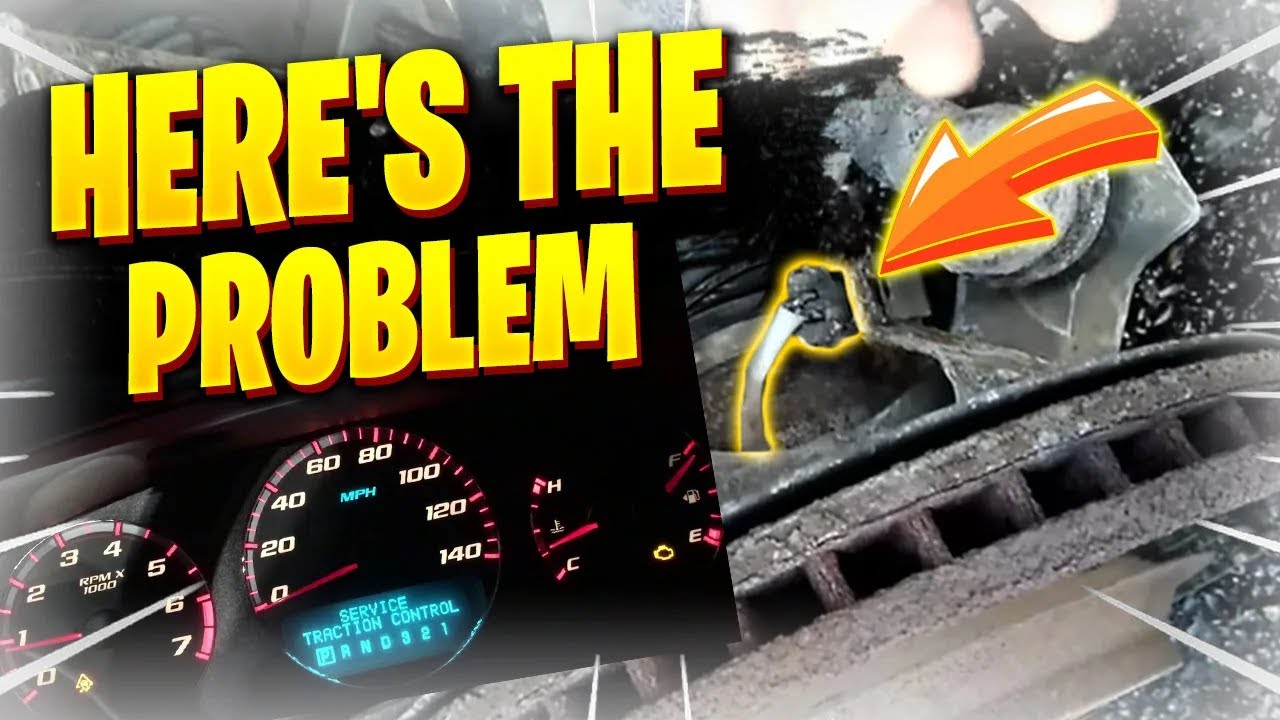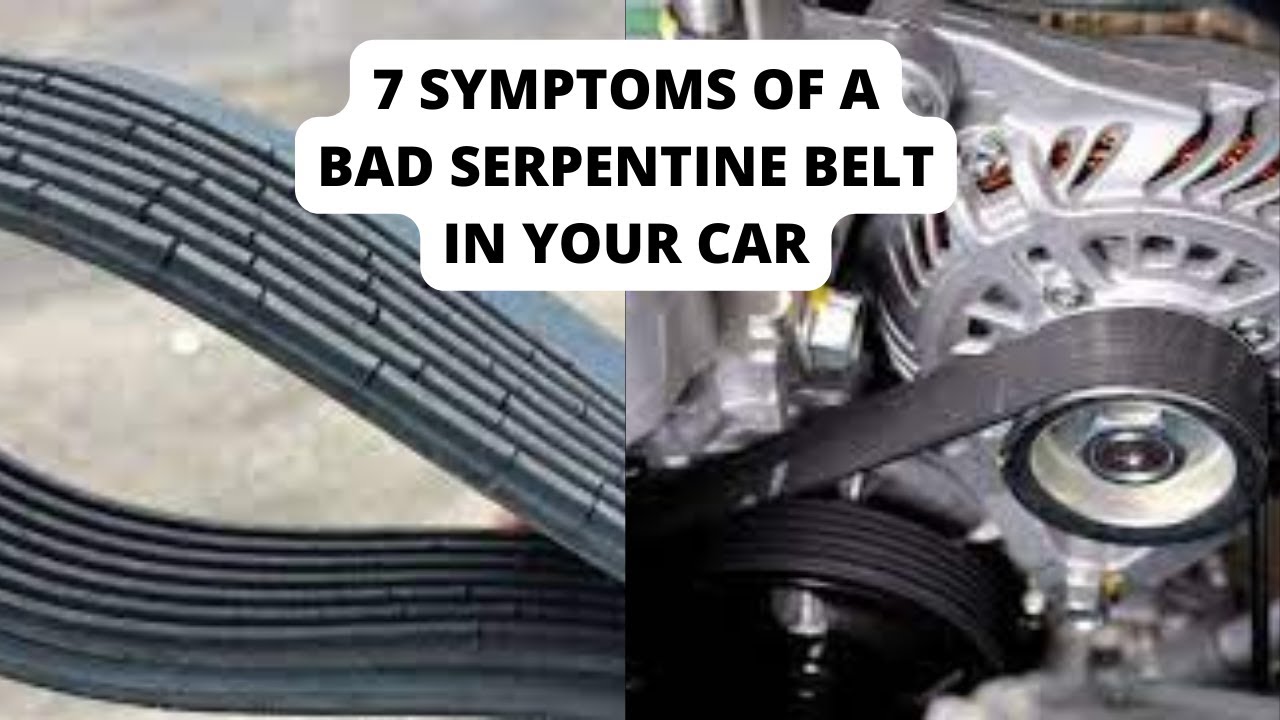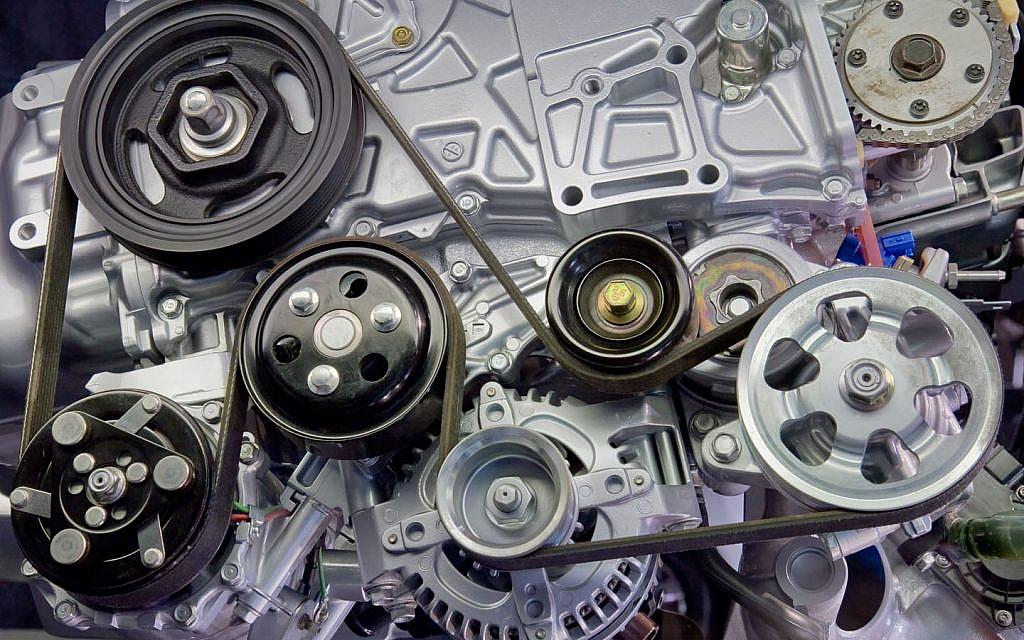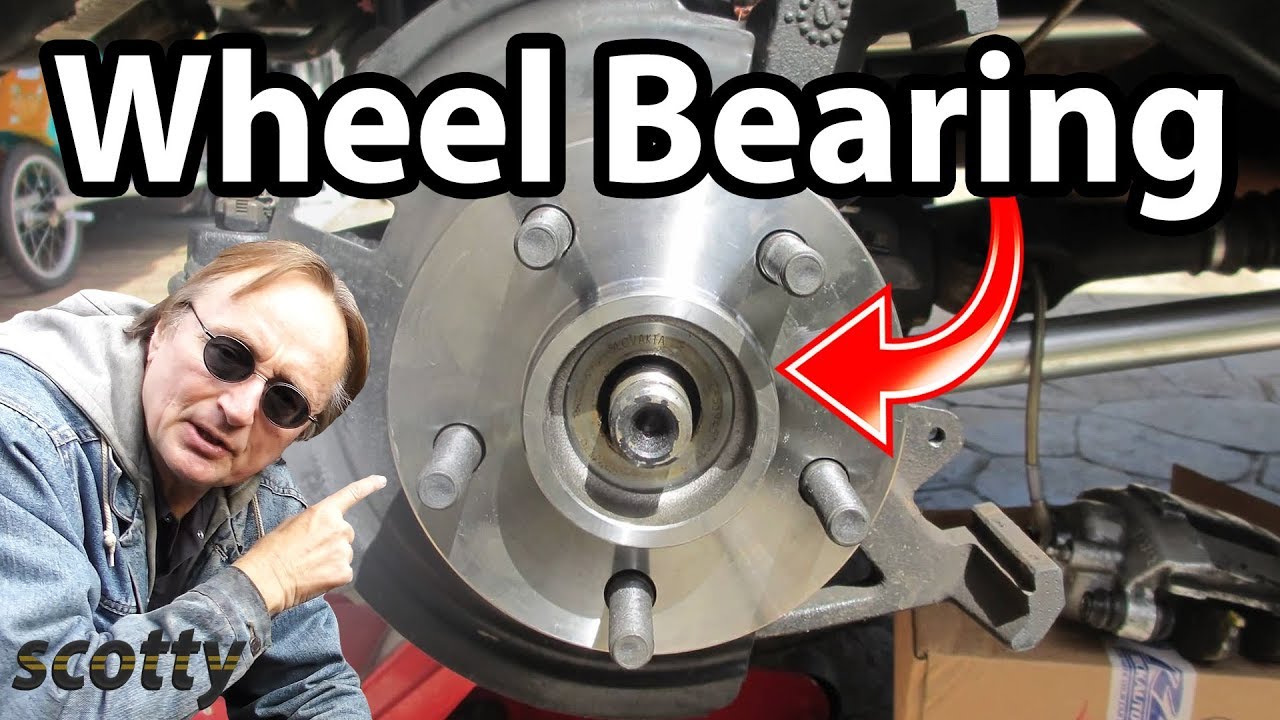How Much Does It Cost to Fix Abs And Traction Control
The cost to fix ABS and traction control typically ranges from $100 to $1000. Factors such as vehicle make, model, and parts required influence the final price.
Repairing your vehicle’s ABS (Anti-lock Braking System) and traction control system is crucial for maintaining your safety on the road. These systems play vital roles in preventing wheel lockup during braking and ensuring that your car has proper grip, especially in adverse conditions.
The cost disparity arises from the diverse nature of issues that can afflict these systems, including sensor replacement, wiring repairs, or even module replacement. Each vehicle may present unique challenges and thus incur different labor costs. It’s essential to seek a precise diagnosis from a trusted mechanic to understand the scope of the problem and the associated costs for repair. Keeping your ABS and traction control systems in top condition not only contributes to your safety but can also help avoid more significant, costly repairs down the line.
Identifying Abs And Traction Control Problems
The safety systems in your car are crucial for a secure ride. The Anti-lock Braking System (ABS) and Traction Control System are like unsung heroes. They jump into action during critical moments. Knowing when they might be failing is key to maintaining your safety.
Common Signs Of Abs Malfunction
Your vehicle’s ABS is designed to prevent skidding. It lets you steer in emergencies. Being aware of ABS problems can save you from potential accidents. Below are signs to watch for.
- ABS Light Activation: The most obvious sign. If this dashboard light turns on, get it checked.
- Brakes Locking Up: The ABS should prevent this. If brakes lock, it’s a red flag.
- Unresponsive Brake Pedal: Difficulty pressing the pedal? ABS may be malfunctioning.
Traction Control Issues: What To Watch For
Traction Control helps prevent wheel spin. It’s key for stable driving. Here’s what to look out for:
- Traction Control Light: Like the ABS light, it warns of system errors.
- Loss of Traction: Slipping on wet roads signals trouble.
- Strange Noises: Grinding sounds when traction control engages are a bad sign.
Solving these issues varies in cost. It depends on problem severity and vehicle model. Keep track of these signs for a timely fix.

Credit: www.slideshare.net
Factors Influencing Repair Costs
Understanding the cost to fix ABS and traction control begins with several key factors. The price of repairs can vary greatly. This depends on a few important details. Your car, the damage, and where you live can change the cost.
Make And Model Of The Vehicle
The type of car you drive impacts repair costs. Some cars have parts that cost more. Luxury vehicles often require specialized services. These services might cost more than those for a standard car. The availability of parts for your car also changes the price.
Extent Of Damage And Wear
How much damage your car has affects the final bill. Small repairs like a sensor replacement come with a lower cost. Major issues like wiring problems or a bad module can be more costly. Always get a diagnosis to know the extent of damage.
Cost Variations By Region
Where you live can influence the cost of repairs. Some areas have higher labor rates. The cost of living in your region can affect this. Even the availability of mechanics skilled in ABS repairs can play a role.
Labor costs and tax rates might be higher in cities. This leads to pricier repairs. Smaller towns might have lower costs. Always compare the prices of different shops in your area.
Diagnosing The Problem
When your dashboard flashes with ABS and traction control warnings, solving the mystery is crucial. Both systems play major roles in vehicle safety. A proper diagnosis pinpoints the issue and directs your repair path and its costs. Technicians follow a set process to uncover the root cause. Let’s look into the steps involved.
Professional Diagnostic Tools
Mechanics start with professional diagnostic tools. These tools connect to your car’s computer system. They read and interpret signals from your car. Mechanics can then find where the problem may lie. Most shops have these tools. They make the process faster and more accurate.
- Scan Tools: Gather data from the car’s sensors.
- Code Readers: Display codes that point to specific issues.
Understanding Error Codes
Your car speaks through error codes. Mechanics read these codes to know what’s wrong. Error codes are a mix of numbers and letters. Each code has a unique meaning. They tell us if it’s a sensor or something else. This process ensures repairs target the exact problem. Mechanics use manuals or databases for code meanings.
| Code | Meaning |
|---|---|
| C1234 | ABS Wheel Speed Sensor Front Right Input Signal Missing |
| C1235 | ABS Wheel Speed Sensor Front Left Input Signal Missing |
Once the code is known, a mechanic can estimate the repair costs. This could range from simple fixes, like a new sensor, to more complex issues, like wiring problems. The right diagnosis avoids unnecessary repairs, saving time and money.
Component Repairs And Replacements
When your car’s dashboard signals an issue with the ABS or traction control, it’s crucial to understand the potential costs. Components may need repairs or replacements, which vary in price. Let’s explore the expenses related to these crucial safety features in your vehicle.
Abs Sensor Replacement Expenses
The ABS sensor is a pivotal part of your brake system. Without it, the ABS won’t function correctly. A faulty sensor can light up your dashboard with warnings. The cost to replace an ABS sensor can range significantly based on your vehicle’s make and model.
| Car Model | Replacement Cost |
|---|---|
| Standard Sedan | $100 – $200 |
| Luxury SUV | $200 – $400 |
| High-Performance Sports Car | $300 – $500 |
Traction Control System Components
Traction control systems rely on various components to maintain grip on the road. Repairing these parts can ensure your vehicle handles correctly. From control modules to wiring harnesses, each comes with its own cost:
- Control Module: $250 – $800
- Wiring Harness: $150 – $350
- Wheel Speed Sensor: $75 – $150
Cost Of Labor For Repairs
The cost of labor can vary greatly by location and service center. Some repairs might take longer, affecting the final price. Most mechanics charge an hourly rate, typically between $75 and $150 per hour. To get the best deal, compare quotes and check reviews before selecting a service provider.
| Service | Estimated Labor Time | Labor Cost |
|---|---|---|
| ABS Sensor Replacement | 1-2 Hours | $75 – $300 |
| Traction Control Module Replacement | 2-3 Hours | $150 – $450 |
| Wiring Repair | 1-3 Hours | $75 – $450 |
Preventative Measures And Maintenance
Staying ahead of automotive problems can save hefty repair bills. ABS (Anti-lock Braking System) and traction control systems are critical for safety. They keep your vehicle steady and reduce skidding. Regular maintenance can prevent malfunctions. Let’s dive into how to do just that.
Regular Checks To Avoid Future Issues
Better safe than sorry, especially when it pertains to your vehicle’s braking system. Regular checks are a must. They keep the ABS and traction control in working order. Ignoring them can lead to costly repairs.
- Check the ABS sensors for dirt and grime. They can affect performance.
- Inspect wiring for signs of wear or damage.
- Monitor the ABS light on your dashboard. It can signal issues.
Maintenance Tips For Optimal Performance
Regular upkeep can keep your ABS and traction control system running smoothly. Follow these tips for optimal performance:
| Tip | Action | Frequency |
|---|---|---|
| Brake Fluid Check | Top up or change fluid | Every 20,000 miles |
| Tire Inspection | Check tread and pressure | Monthly |
| System Diagnostic | Run a scan for error codes | Annually |
Remember: Refer to your vehicle’s manual for specific guidelines. Use a trusted mechanic for inspections. Diagnostics require specialized tools.

Credit: www.wikihow.com
Alternatives To Professional Repairs
Exploring alternatives to professional repairs could save drivers significant money when it comes to fixing ABS and traction control systems. Before taking your vehicle to a mechanic, consider less expensive routes that may solve the issue. Being informed about these alternatives equips car owners with additional choices beyond costly repairs.
Diy Repair Considerations
Tackling ABS and traction control issues yourself requires caution. Before attempting DIY repairs, assess your skill level and the complexity of the problem. Some tasks, like sensor cleaning, might be achievable with basic tools and online tutorials. Follow these steps:
- Diagnose the issue with a scanning tool.
- Locate the ABS sensor and check for damage or dirt.
- Clean or replace the sensor if needed.
- Reset the system to clear any error codes.
Note that certain repairs like module replacement are complex. They often require professional programming post-installation.
When To Seek Professional Help
If you’ve attempted basic fixes with no success, it may be time to seek professional help. Complex issues such as wiring faults or hydraulic pump malfunctions are not suited for DIY due to safety risks and the need for specialized tools. Consider these scenarios:
- ABS or traction control warnings persist after DIY attempts.
- Brakes exhibit unusual behavior.
- Performance issues arise during driving.
Always prioritize safety when deciding whether to DIY or consult a professional.

Credit: www.autotechiq.com
Frequently Asked Questions For How Much Does It Cost To Fix Abs And Traction Control
What Factors Affect Abs And Traction Control Repair Costs?
Repair costs for ABS (Anti-lock Braking System) and traction control can fluctuate depending on several factors. These include the severity of the issue, make and model of the vehicle, and the labor rates of the chosen repair shop. Additionally, the cost of replacement sensors or modules, if required, will also contribute to the overall expense.
Is Abs And Traction Control Repair Covered Under Warranty?
ABS and traction control repairs might be covered under a vehicle’s warranty depending on the terms established by the manufacturer. Usually, coverage is more likely for newer vehicles or those with extended warranties. It’s advised to review your warranty agreement or contact the dealer for confirmation.
How Do I Know If My Abs And Traction Control Need Repairing?
Signs that your ABS and traction control require repair include the ABS warning light turning on, reduced braking efficiency, and loss of traction control in conditions like wet or icy roads. If you experience unresponsive braking behavior or notice the traction control light on the dashboard, consult a mechanic.
Can Driving Without Abs And Traction Control Be Dangerous?
Driving without functional ABS or traction control can increase the risk of accidents, especially during adverse weather conditions or sudden braking. These systems are crucial for maintaining vehicle stability and control, preventing wheel lockup, and ensuring shorter stopping distances.
Conclusion
Understanding the costs for ABS and traction control repairs is vital for vehicle safety and budgeting. Prices depend on various factors, including parts and labor intensity. Always consult a trusted mechanic for an accurate estimate. Keep your car’s safety features in top shape without breaking the bank.
Remember to drive safely!






